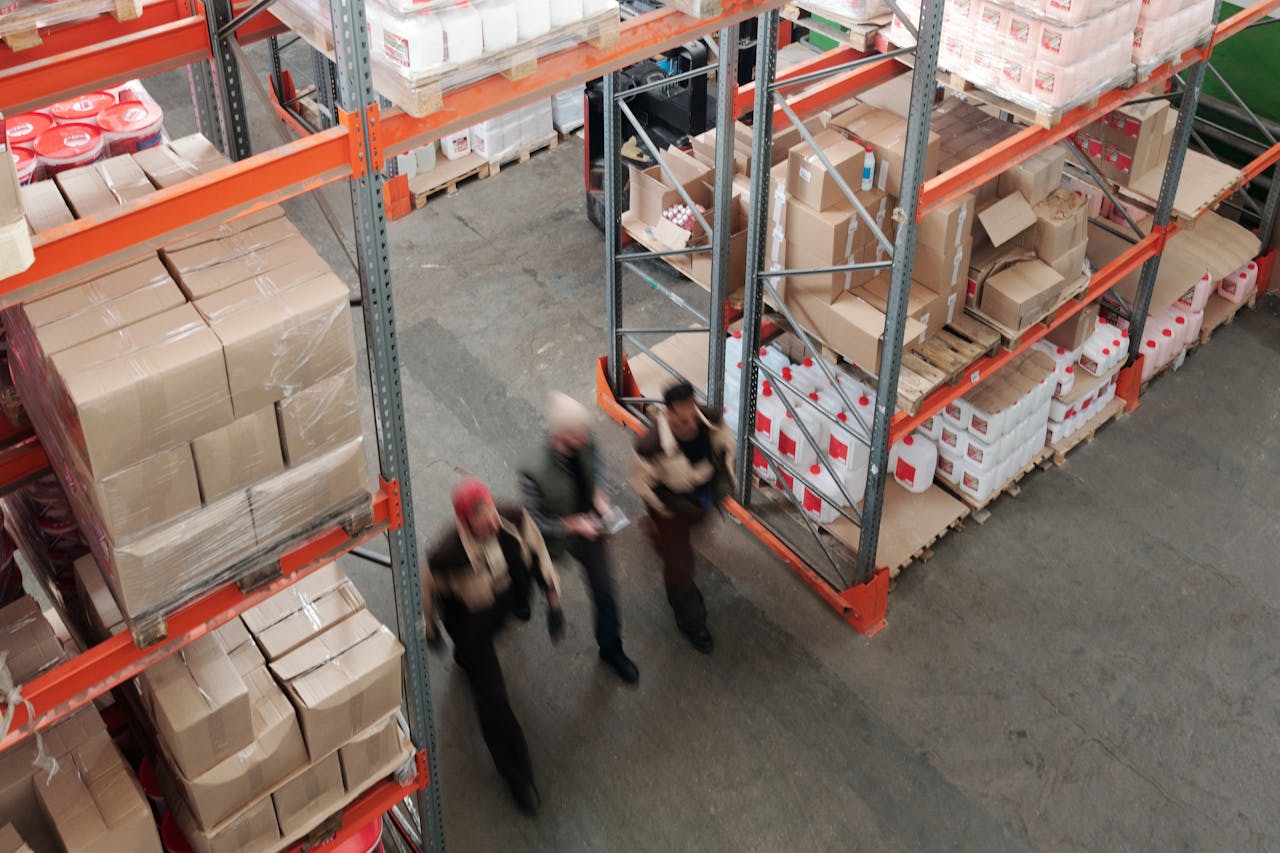Global warehousing plays a key role in storing and moving products across international markets. With warehouses positioned in different parts of the world, businesses can keep their supply chains running smoothly and make sure orders reach customers on time, no matter the location.
The idea has developed over time, shaped by both industrial growth and advances in technology. What used to be a complicated process has become far more efficient, thanks to modern logistics systems and digital tools that make it easier to track inventory and meet demand across borders.
Understanding Global Warehousing
1. Fundamental Principles
At its core, global warehousing is about placing storage facilities in the right parts of the world so goods can move smoothly across borders. These warehouses are not all the same. Some are highly automated, others climate-controlled, and many serve specialized storage needs. What ties them together is the use of modern inventory tools that track stock in real time and keep operations balanced. Strong logistics networks link different modes of transport, while solid security measures protect everything from everyday goods to sensitive products.
2. Development Over Time
Warehousing has come a long way. In the past, it was mostly about keeping products in simple, local storage. As industries grew, the facilities became more advanced to serve wider markets. Globalization then pushed things even further, making international warehouse networks a necessity. Bonded warehouses, refrigerated storage, and other specialized options became part of the picture. Today, automation and data analytics are reshaping how warehouses run, making them faster, more precise, and far more responsive than ever before.
Shipwithmina Global Warehousing Services

Shipwithmina helps businesses simplify global warehousing with tailored storage and distribution solutions designed for international supply chains. Our facilities are strategically located near major markets, ports, and transport hubs, enabling faster deliveries and lowering logistics costs.
Beyond standard storage, we provide specialized options such as climate-controlled environments and secure handling for sensitive goods. Our systems are powered by modern technology, offering real-time inventory tracking, automation, and data insights to give you complete visibility over stock movement. With flexibility at the core, we make it easy for companies to scale operations, adjust to demand, and serve customers efficiently across borders.
Benefits of Global Warehousing
1. Streamlined Operations
Well-placed warehouses cut delivery times dramatically. Products move faster through the supply chain, and advanced tracking systems help keep stock levels in check. The result is smoother order fulfillment and less waste.
2. Financial Savings
Having warehouses in strategic locations lowers costs in several ways. Bulk buying and economies of scale reduce per-unit expenses, while shorter transportation routes cut fuel and labor costs. Fewer delays also mean fewer hidden losses along the way.
3. Improved Market Agility
Being closer to customers speeds up shipping and improves reliability. With automation and analytics, warehouses can process orders more accurately, reduce mistakes, and adapt quickly when demand shifts. This kind of responsiveness builds customer trust and keeps businesses competitive.
Challenges in Global Warehousing
1. Complexities in Cross-Border Coordination
Every country has its own rules, infrastructure, and logistics quirks. Coordinating shipments across borders takes careful planning, and staying compliant with changing customs and trade laws can be an ongoing challenge.
2. Managing Costs Effectively
Setting up warehouses abroad requires a big investment. Property, construction, technology, and specialized systems all add up. On top of that, running costs like labor, energy, and equipment maintenance can be heavy, making efficient cost management essential.
3. Integrating Technology Successfully
Modern tools like warehouse management systems and automation are powerful but expensive to implement. Without them, efficiency suffers, but adopting them requires both capital and technical expertise. Cybersecurity is another layer, as protecting sensitive logistics data is now just as important as protecting physical goods.
Technological Advancements in Global Warehousing

1. Automated Systems and Robotics
Automated storage systems and retrieval machines boost accuracy and reduce errors. Robots, drones, and automated guided vehicles (AGVs) handle tasks like scanning, moving goods, and stock updates, cutting down on manual work while speeding things up.
2. Leveraging AI and Data-Driven Insights
AI and predictive analytics help forecast demand and prevent overstocking or shortages. Real-time monitoring tools provide instant visibility into inventory levels, making it easier to adjust when customer needs change.
3. Connected Devices and Intelligent Warehouse Solutions
Smart sensors and RFID tags make tracking goods much more precise. These tools also monitor environmental conditions, ensuring products, especially sensitive ones, stay in top shape while moving through the warehouse.
Best Practices for Effective Global Warehousing
1. Choosing Optimal Warehouse Locations
Warehouses work best when they are close to major customer bases and transport links. Picking sites near highways, ports, or airports reduces costs and keeps delivery times short.
2. Streamlining Inventory Controls
Systems like Just-in-Time inventory help reduce waste and cut storage costs. At the same time, keeping a buffer stock based on data trends protects against sudden demand spikes or supply chain hiccups.
3. Utilizing Advanced Warehouse Technologies
Tools like warehouse management systems, barcode scanning, and RFID improve accuracy and speed. When these are connected to wider supply chain software, businesses get a clearer view of stock, better forecasting, and faster fulfillment.
Final Take
Global warehousing is no longer just about storage. It is about building a network that keeps international trade moving smoothly. Done well, it saves money, speeds up delivery, and strengthens customer trust. The real advantage comes from finding the right mix of location, technology, and smart processes. In a world where supply chains are constantly shifting, global warehousing is not just a necessity, it is a competitive edge.









